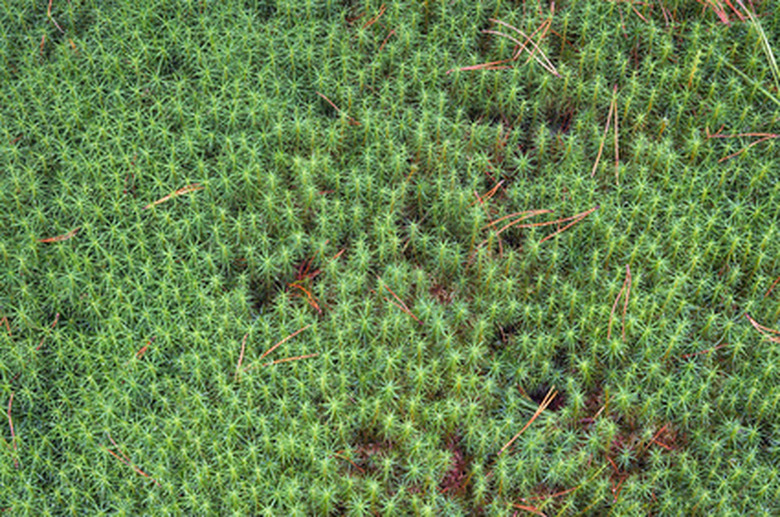What Are The Benefits Of Peat Moss?
The benefits of peat moss are surprisingly vast, not just for the garden, but to the environment as a whole. Peat regularly thrives in peat bogs and is a soft, lighter version of regular soil. It has a crumbly texture with many fibers that allow it to absorb lots of water and nutrients, releasing them as needed.
Water and Nutrient Absorption
Peat moss provides the cell structure of an ideal sponge for nutrient and water absorption. It will absorb them or add them to the ground over time, depending on what you saturate the peat moss with. It can add much-needed nutrients to your plants through the soil as a type of time-release fertilizer. Peat moss can also hold 20 times its weight in moisture, so it acts as a time-release for watering as well.
- The benefits of peat moss are surprisingly vast, not just for the garden, but to the environment as a whole.
- Peat moss can also hold 20 times its weight in moisture, so it acts as a time-release for watering as well.
Economic Benefits
Sphagnum peat moss is so lightweight that when it is removed from its bales it expands to twice the size. This not only provides you with more bang for your buck, but lasts a long time. It decomposes slowly over several years and is always free of pesticides, insects and other plants such as weed upon purchase.
Improves Soil Quality
When added to soil, peat moss benefits many different types. For heavy, clay-like soil, peat moss can help aerate and loosen it up. This in turn allows proper healthy root growth. For sandy or loamy soils, peat moss adds more substance and body, helping the soil retain moisture and nutrients. Peat moss also protects soil from obtaining a crusty surface, which deters moisture retention.
- Sphagnum peat moss is so lightweight that when it is removed from its bales it expands to twice the size.
- For sandy or loamy soils, peat moss adds more substance and body, helping the soil retain moisture and nutrients.
Improves Composting
Peat moss speeds up the composting process because the high acidity content traps nitrogen elements. It actually extends the life of compost by almost five times, according to the Gardening Advisor website.
